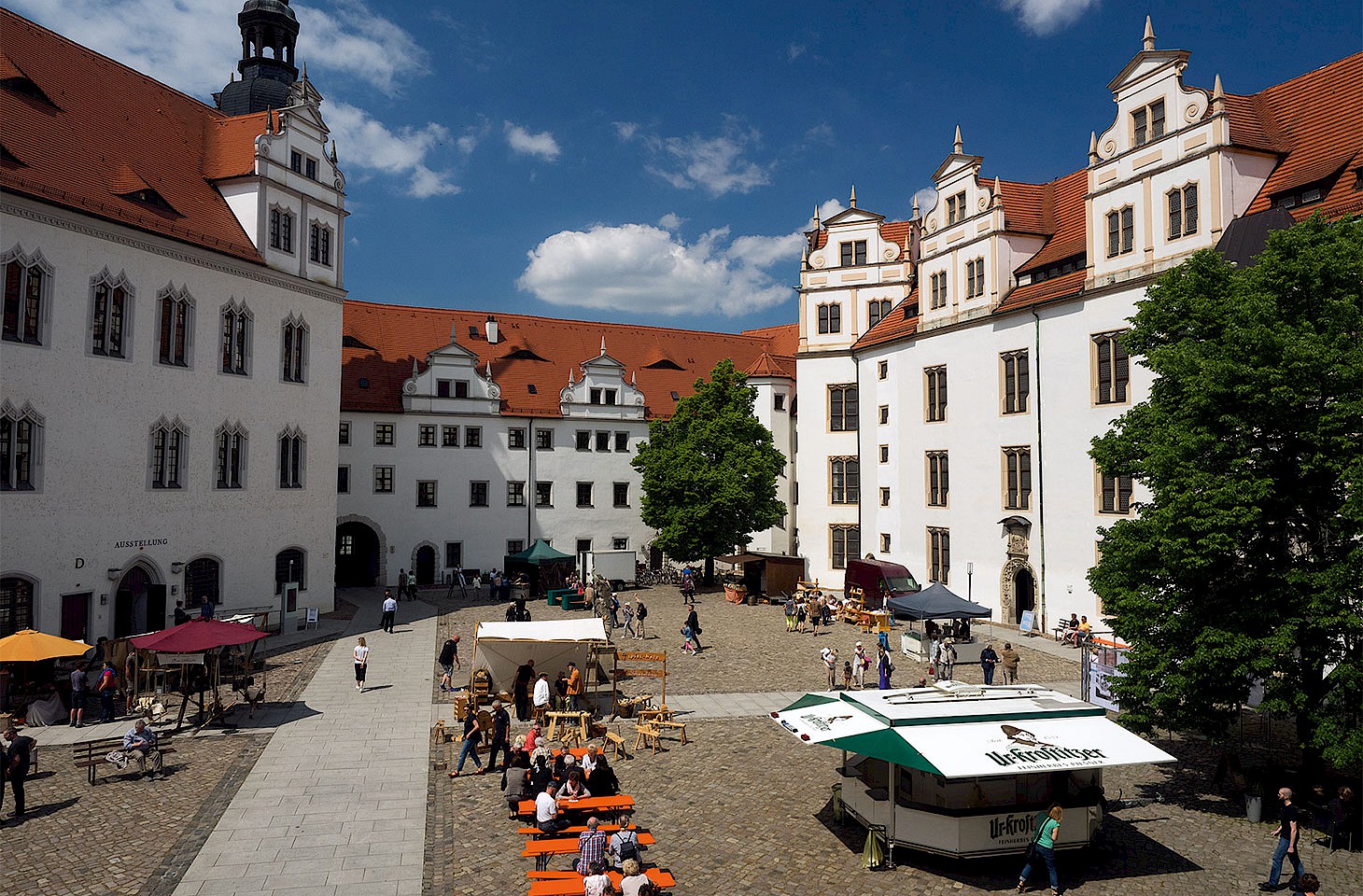Nicky Gardner is co-editor of hidden europe and likes to describe herself as a ‘Wahlberlinerin’ — a Berliner by choice rather than by birth. Here she reflects on how her adopted home city copes with its historical baggage.
It’s 2020. And it’s a good time to be in Berlin. At least, I think so. There are all manner of things that make Berlin a fascinating city. Not least of these is the way in which historical memory is endlessly renegotiated. Let’s face it. Berlin relies on its history. The city’s trump card in pulling visitors is its uncomfortable history of which the story of the Berlin Wall is just one part.
Berlin evokes more associations than any city should ever have to cope with: Prussian power, Nazi authority, the Cold War. The insularity of West Berlin in the 1970s and 1980s was suddenly brought to an end with the cataclysmic political changes of 1989. In the 1990s Berlin became a place laden with other people’s ambitions — for some a World City in the making, for artists and writers a creative sanctuary in the heart of Europe and for capitalist investors a promising playground.
Home truths
But what of Berliners? What do they expect of their home city? For many, I’ve realised during the two decades I’ve lived here, the focus of debate about the city lies extremely close to home. Few worry whether or not Berlin might stake a claim to being Europe’s Art City. When Berliners were asked whether the German capital should bid to host the 2024 Olympics, the response was unenthusiastic. Yet Berliners are easily energised when it comes to tweaking the rules over allotments — small parcels of land which, like Scottish crofts, are surrounded by lots of regulations. Berliners will agitate over proposed changes to bus fares, but be utterly phlegmatic when it comes to competing visions about the future of their home city.
This year is the centenary of Berlin’s ambitious expansion — it was in 1920 that huge areas beyond the then boundaries of Berlin were annexed into the German capital, so defining, give or take a few later tweaks here and there, the outer boundaries of the city which still exist today.
The wider world surely won’t be making a big fuss over this 100th anniversary of the rejig of municipal boundaries. But it won’t go unnoticed in Berlin, especially in the outer suburbs where community newsletters and other local media will recall the days when places like Zehlendorf and Marienfelde still had grazing sheep and horse-drawn carts.
The centenary of that day in 1920 when Berlin quadrupled in size falls on 1 October 2020. That very same week, a sequence of events in the German capital will commemorate the 30th anniversary of the unification of the two German states which joined forces on 3 October 1990 — leading to six new Bundesländer (formerly East Germany) becoming part of the European Union. I suspect that in the wider media landscape it’ll be the German unification anniversary which steals the limelight.



